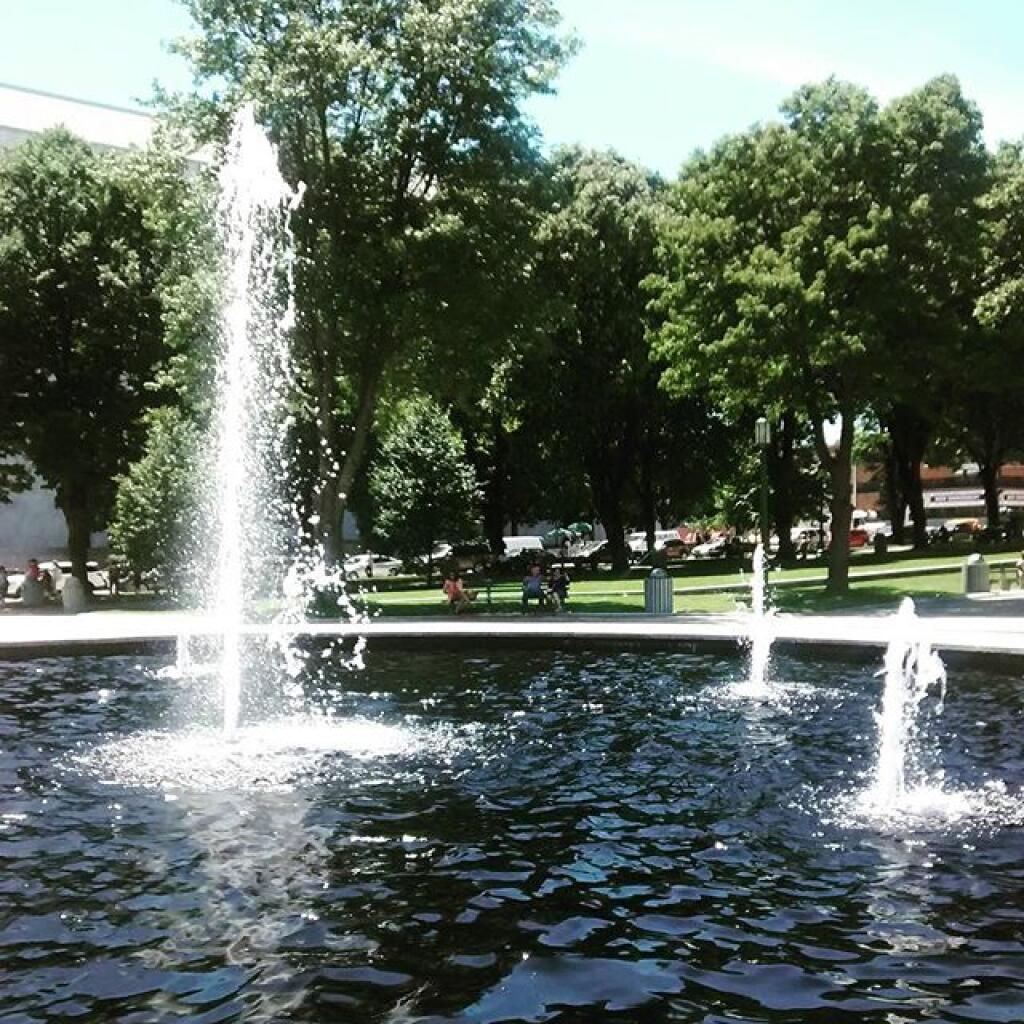Good evening! First day of June 1st done. Partly cloudy and 57 degrees in Delmar, NY. ⛅ There is a north-northwest breeze at 5 mph. 🍃.
Starting to get a bit chilly out back but I watched some YouTube videos I downloaded today at the library on the laptop 💻 out back under the very starry skies and moon light. Kind of a nice evening but getting chilly. Saw one or two fireflies earlier but there time now. Also heard an owl. Been out back for almost three hours now.
Busy day at work so I didn’t get much time to work on the blog. 📝 Just a lot of emails and projects to do through the day. I did go for both a morning and a evening walk around the super block today. 🚶 Didn’t make it out to Five Rivers today, too busy and it got cloudy out by afternoon.
Tonight will be mostly cloudy 🌥, with a low of 48 degrees at 5am. Five degrees below normal, which is similar to a typical night around May 20th. North wind around 5 mph becoming calm in the evening. In 2019, we had mostly clear skies in the evening, which became partly cloudy by the early hours of the morning. It got down to 49 degrees. The record low of 39 occurred back in 1971.
Tonight will have a Waxing Gibbous 🌔 Moon with 83% illuminated. At 10 PM, the moon was in the south (185°) at an altitude of 43° from the horizon, some 226,421 miles away from where you are looking up from the earth. 🚀 At the state speed limit of 55 mph, you’ll make it there by November 20th. Buckle up for safety! 💺 The Strawberry 🍓 Moon is on Friday, June 5. The darkest hour is at 12:54 am, followed by dawn at 4:47 am, and sun starting to rise at 5:21 am in the east-northeast (59°) and last for 3 minutes and 24 seconds. Sunrise is 28 seconds earlier than yesterday. 🌄 The golden hour ends at 6:03 am with sun in the east-northeast (65°). Tonight will have 8 hours and 52 minutes of darkness, a decrease of one minute and 12 seconds over last night.
Tomorrow will be mostly cloudy 🌥, with a high of 71 degrees at 2pm. Three degrees below normal, which is similar to a typical day around May 22nd. Maximum dew point of 50 at 6pm. Calm wind becoming south 5 to 9 mph in the morning. A year ago, we had mostly sunny skies. The high last year was 76 degrees. The record high of 94 was set in 1895.
Tomorrow I need to decide on my weekend plans – if I decide to go north ⛺ I have to pack Wednesday and leave by 6:15 am to be ready to go and clock in at Spectulator by nine and get down to work. I’ll probably work at the library Wi-Fi and my phone an set up camp after work at Five. I’ll bring extra clothes and food this time in case I move to another campsite Sunday night and stay up north even longer than planned.
In four weeks on June 29 the sun will be setting in the west-northwest (303°) at 8:37 pm,🌄 which is 10 minutes and 24 seconds later then tonight. In 2019 on that day, we had hot, humid, mostly sunny, rain showers and temperatures between 87 and 70 degrees. Typically, you have temperatures between 81 and 60 degrees. The record high of 96 degrees was set back in 1944.
Looking ahead, Average High is 80 🏖 is in 3 weeks.


